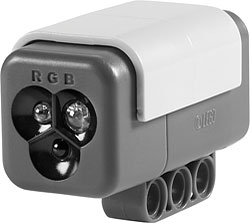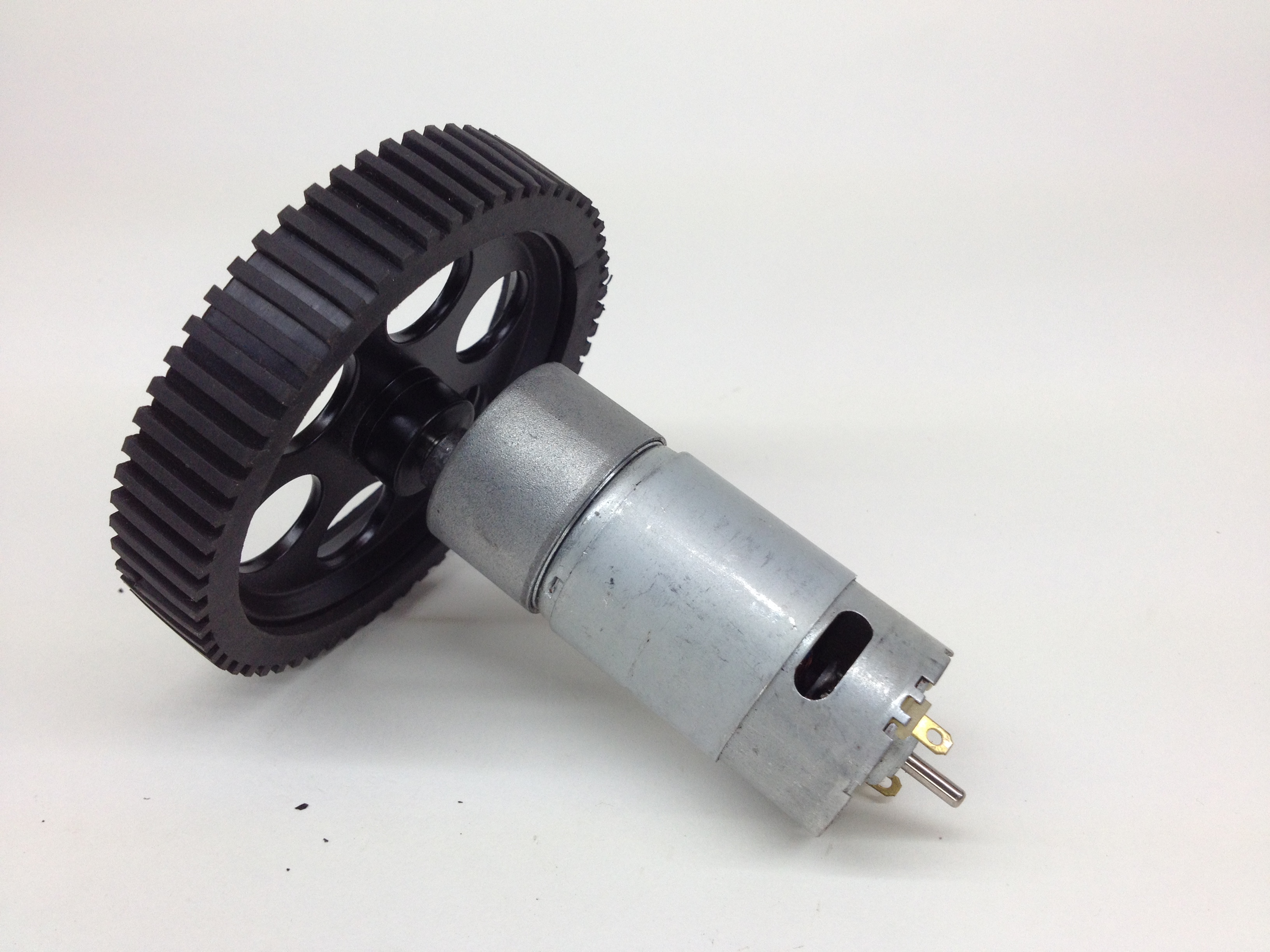

If your target object is long, you may benefit from having a wider arc and a smaller turning threshold. Keep in mind that the sixty-degree arc for the ultrasonic sensor as well as the three-centimeter threshold for turning can be changed depending on the project.

If either side is three centimeters further away than the other, the robot will turn in that direction to follow its predicted path. Our robot will try to stay ten centimeters behind the target object, moving forwards and backward depending on the target’s position. This was done to prevent interference from walls or objects far away from the target object. If there is nothing in front of the robot for seventy centimeters, it will stop moving until something is in front of it. Below that is our object-following logic. First, we set our servo to sixty degrees, calculate the distance to the object, then move the servo sixty degrees to the left to do it again. The two integers initialized in the last line store the distance in centimeters from the target to the ultrasonic sensor. A larger carSpeed value will make your robot faster, but also consume more energy. carSpeed2 can be used to make the car turn faster or slower while retaining the same forward and backward carSpeed value. Several of our courses leverage the Parallax ShieldBot, an Arduino Uno-based robot with a specialized Board of Education Shield that make it ideal for teaching mobile robotics and embedded systems. If you are not using the same car as I am, you will need to change these values to fit your motors’ pins.ĬarSpeed(0-255) is the maximum analog value the motors will be given. The EN and IN pins are used to assign motor speed values and motor direction, respectively. I am using A4 and A5 because that is the default configuration for the Elegoo Car. You can use digital pins if you would like.

Analog 4 and 5 are used in this case, but if you are planning on using different pins make sure to change these. Next, you will see the pins I have assigned to the ultrasonic sensor. This will be used to swivel the ultrasonic sensor. If(Serial.The first thing you will notice is the servo motor. Serial.begin(9600) // Baud rate set to 9600bps
ROBOTC FOR ARDUINO FREE
Terminal' it is available free on the Google Play Store
ROBOTC FOR ARDUINO ANDROID
Successfully Tested on Android App -> 'Arduino Bluetooth
ROBOTC FOR ARDUINO SERIAL
So that leaves only GND, VCC, TXD, RXD.įor connecting The Module with Arduino, we need to use the Serial (Tx and Rx) pins provided on the board. KEY & STATE seem to be not required, as KEY is used for flashing the device and STATE simply indicates if the device is awake or not. The module has 6 pins labelled on the back, but most modules only have 4 of those populated with pogo pins. HC-05 module is an easy to use Bluetooth SPP (Serial Port Protocol) module, designed for transparent wireless serial connection setup. It can connect several devices, overcoming problems of synchronization. Invented by telecom vendor Ericsson in 1994, it was originally conceived as a wireless alternative to RS-232 data cables. 2: Block Diagram of Mobile operated Arduino Robot Bluetooth Communicationīluetooth is a wireless technology standard for exchanging data over short distances (using short-wavelength UHF radio waves in the ISM band from 2.4 to 2.485 GHz) from fixed and mobile devices, and building personal area networks (PANs). The basic Block diagram of the system is as follows:įig. The robot is built around Arduino interfaced with a Bluetooth receiver to receive commands from Android Phone. 1: Prototype of Mobile operated Arduino Robot What if it could control a Robot to assist in your daily work? Yes, it’s possible! With this project you can make a robot that can be controlled by an Android phone, over Bluetooth communication.įig. The Android phone that stays in your hand most of the time is useful in many other applications apart from Whatsapp, Facebook appliances and monitoring your health parameters.


 0 kommentar(er)
0 kommentar(er)
